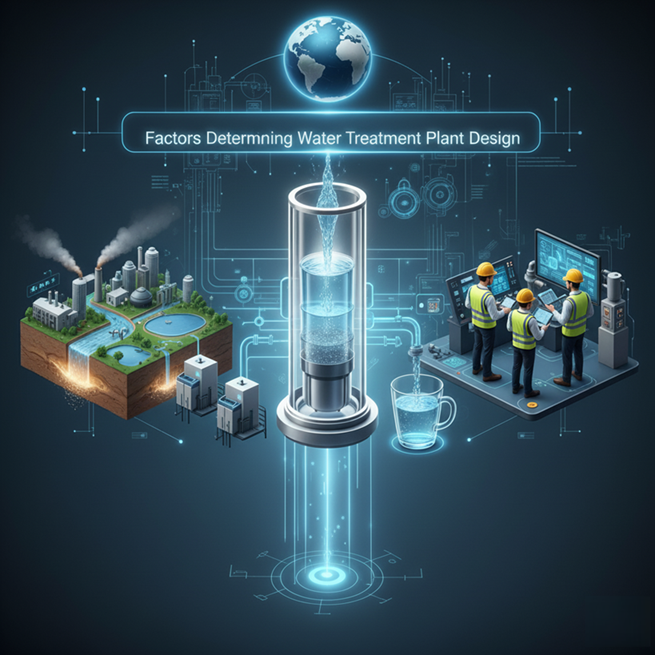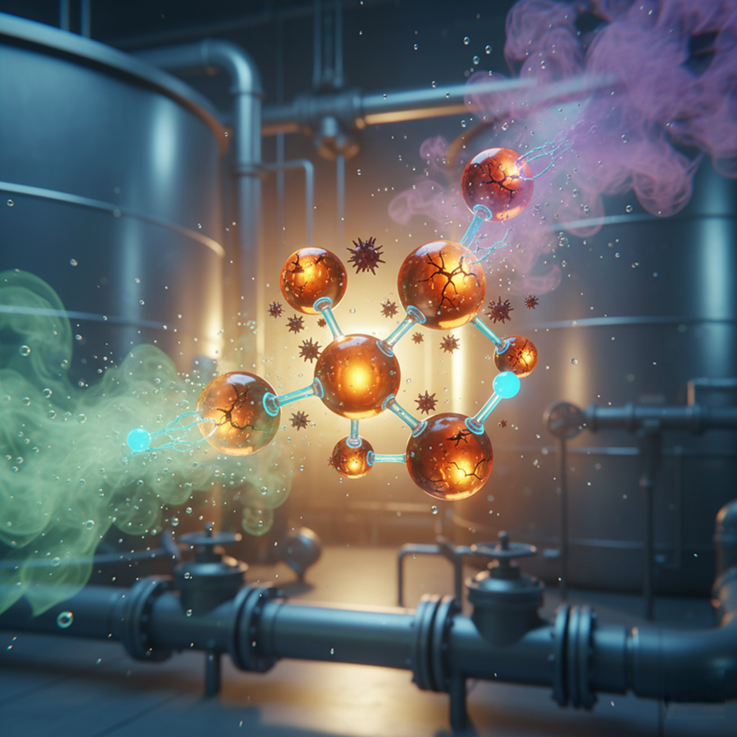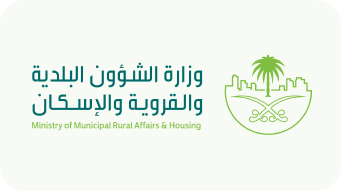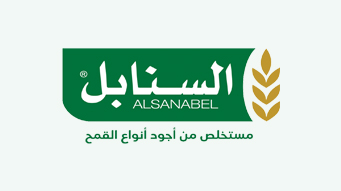
Water Treatment Plant Design Determinants
Water treatment plant design is a multifaceted process influenced by interconnected factors, including source water characteristics, regulatory requirements, operator skill levels, and financial considerations. These elements are critical to ensuring efficient operation and compliance with environmental standards, highlighting the importance of water treatment facilities in protecting public health and the ecosystem. The growing demand for safe drinking water, along with the challenges posed by aging infrastructure and climate change, has increased the importance of innovative and sustainable design approaches in the water treatment sector.
Key factors determining water treatment plant design include the type of water source—such as rivers, lakes, or groundwater—which requires specific treatment processes to address specific contaminants. Additionally, the desired final water quality, which is subject to regulations set by agencies such as the Environmental Protection Agency (EPA), determines the levels of treatment required for various applications, including drinking, irrigation, and industrial uses.
Operator training and skills also play a vital role in ensuring treatment processes are carried out effectively and safely, making ongoing education crucial as technologies and regulations evolve. Financial constraints significantly impact the design and functionality of water treatment facilities. Financing availability influences technology choices and operational efficiency, necessitating well-organized financial planning to cover both initial investments and ongoing maintenance costs.
Water Source Type
The water source significantly impacts the design of treatment facilities. Different sources, such as rivers, lakes, and groundwater, contain varying levels of contaminants that require specific treatment processes. Understanding the characteristics of the water source helps engineers select appropriate treatment technologies to effectively remove contaminants and improve water quality for the intended use, whether for drinking, irrigation, or industrial applications.
Desired Water Quality
Final water quality requirements determine the level of treatment required. Regulatory standards, such as those set by the U.S. Environmental Protection Agency (EPA), set limits on contaminant concentrations and ensure the safety of treated water for public consumption and environmental discharge. Therefore, facilities must be designed to comply with these standards, which may vary depending on the intended use of the water.
Operator Skill and Training
The skill and training of facility operators are critical to the successful implementation of water treatment operations. Highly skilled operators are better equipped to handle complex treatment systems and ensure operations comply with safety and environmental regulations. Adequate training and ongoing education are essential for operators to adapt to evolving technologies and regulatory requirements, contributing to the overall efficiency of the water treatment facility.
Financing and Budget Constraints
The availability of financial resources significantly impacts the design and operation of water treatment plants. Budget constraints can limit the selection of technologies and processes that can be implemented, impacting plant efficiency and effectiveness. Therefore, a well-structured financial plan is essential to secure the necessary funding for the initial construction and ongoing maintenance of water treatment facilities, ensuring they meet performance and regulatory standards over time.
By considering these key factors during the design phase, stakeholders can develop water treatment facilities that are not only efficient and appropriate but also adaptable to future needs and challenges.
Technical Considerations
The design of wastewater treatment facilities is influenced by a variety of technical considerations that ensure operational efficiency, environmental compatibility, and social acceptance. These factors can be categorized into site conditions, environmental impacts, and infrastructure planning.
Read also: Comparison of Greywater Treatment Technologies
Site Conditions
When planning a wastewater treatment facility, site characteristics play a critical role. It is essential to take into account existing conditions, such as topography, hydrology, and local land use. For example, in urban areas, the presence of residential neighborhoods requires designers to mitigate any potential disturbances associated with the facility, such as odors and noise.
Understanding the prevailing winds on the site and seasonal sun angles can help locate odor-producing processes downwind of populated areas. Buildings should be designed to minimize energy consumption for heating and cooling.
Environmental Impacts
The impact of a facility on the surrounding environment is a critical factor. Designers must consider natural factors, such as flood risk and sensitive ecosystems. For example, if a portion of the site is prone to spring flooding, special design treatments should be implemented to protect access to the facility and its operations during these events.
The project must also comply with local, state, and federal regulations aimed at minimizing environmental degradation, which often results in higher initial costs and lower long-term operating expenses.
Infrastructure Planning
Planning for future expansion is critical in wastewater treatment plant design. Future construction areas must be located in a way that does not interfere with ongoing operations. Access to these areas must be strategically designed to prevent any disruption.
Flexibility in site planning is also critical, as it allows for modifications to treatment equipment and operational changes without incurring significant costs. Areas designated for potential future use can be temporarily used as public or recreational spaces until expansion becomes necessary.
Economic Factors
Economic factors play a critical role in the design and operation of wastewater treatment plants. These factors influence both investment and operational costs. Initial capital and ongoing operating costs associated with wastewater treatment plants.
Capital Investment and Financing Sources
Establishing a wastewater treatment plant requires significant capital investment, making financing a major challenge. Various financing sources are available, each with its own advantages and limitations. Options include utility revenues, government grants and loans, donations from NGOs, international funding, and public-private partnerships.
Operating Costs
Operating costs include a range of ongoing expenses, including energy consumption, personnel, and maintenance. Costs associated with energy consumption, in particular, can be significant due to the energy-intensive nature of water treatment processes. It is estimated that energy efficiency improvements, such as the integration of renewable energy sources, can significantly reduce these costs. Furthermore, the need for skilled operators and equipment maintenance exacerbates the financial burden.
Cost-Effectiveness Analysis
Cost-effectiveness analysis is an essential tool for assessing the economic feasibility of water treatment projects. The Cost-effectiveness analysis guidelines allow for the integration of non-monetary factors, such as environmental and social impacts, into financial assessments. This comprehensive approach helps inform decisions that balance economic considerations with environmental sustainability.
Future Infrastructure Investments
As urban populations continue to grow, the need to improve water infrastructure becomes more urgent. The U.S. Environmental Protection Agency (EPA) estimates that a significant investment of $472.6 billion. It will be required over the next 20 years to maintain and improve the nation’s drinking water infrastructure. This investment should prioritize replacing aging infrastructure and incorporating innovative technologies to ensure safe and reliable water treatment operations. The financial challenges facing public utilities are exacerbated by rising costs due to climate change and regulatory requirements. This requires a focus on improving return on investment while managing capital expenditures.
Read more about the CareWater Establishment’s water treatment plant design and construction services.


























